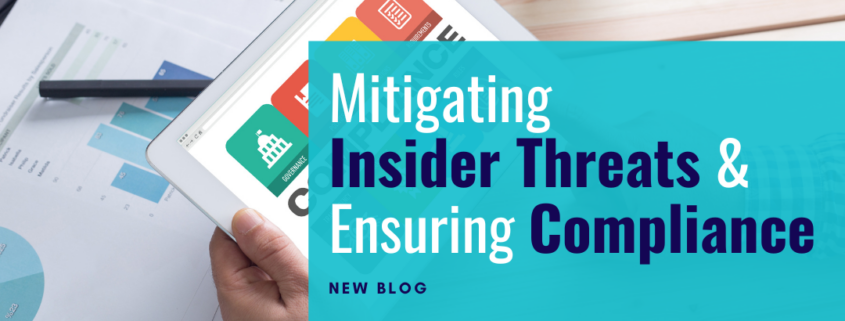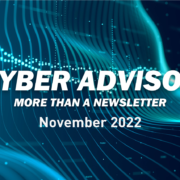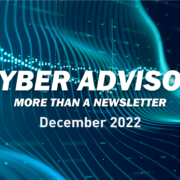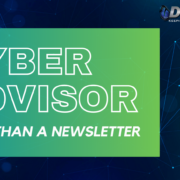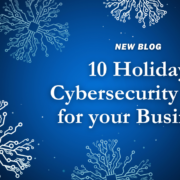Mitigating Insider Threats and Ensuring Compliance in IT Services
In today’s interconnected world, IT services play a critical role in the success of businesses across industries. However, as organizations rely increasingly on technology and digital systems, the risk of insider threats and non-compliance becomes a significant concern. Insider threats can arise from employees, contractors, or business partners who have authorized access to sensitive information and systems. Simultaneously, maintaining compliance with industry regulations and standards is crucial for protecting customer data, maintaining trust, and avoiding legal consequences. This blog explores the importance of addressing insider threats and compliance in IT services and provides strategies to mitigate these risks effectively.
Understanding Insider Threats
Insider threats refer to incidents where individuals with authorized access to an organization’s systems and data misuse or abuse that access for personal gain, malicious intent, or negligence. Insider threats can have severe consequences, including data breaches, financial losses, reputational damage, and legal liabilities. Some common types of insider threats include:
1. Malicious insiders: These individuals intentionally exploit their access privileges for personal gain, such as stealing sensitive data, sabotaging systems, or selling proprietary information.
2. Negligent insiders: Unintentional actions by employees or contractors, such as misconfiguring systems, falling victim to phishing attacks, or mishandling sensitive data, can also lead to data breaches or IT service disruptions.
3. Compromised insiders: External attackers can compromise insiders by coercing or blackmailing them into providing access to systems or data. This can occur through phishing, social engineering, or exploiting vulnerabilities in an individual’s personal life.
Addressing Insider Threats
To effectively mitigate insider threats, organizations should implement a comprehensive security framework that encompasses the following key elements:
1. Access control: Employ strong access control mechanisms, including role-based access controls (RBAC), least privilege principles, and regular access reviews. This ensures that employees only have access to the information and systems necessary for their job responsibilities.
2. Monitoring and auditing: Implement robust monitoring and auditing processes to track user activities, detect suspicious behaviors, and identify potential insider threats. This includes reviewing system logs, monitoring network traffic, and employing user behavior analytics (UBA) tools to identify anomalous activities.
3. Employee training and awareness: Promote a culture of security awareness through regular training programs and awareness campaigns. Educate employees about the risks of insider threats, social engineering techniques, and the importance of adhering to security policies and procedures.
4. Incident response: Establish an incident response plan to effectively respond to and contain insider threat incidents. This includes defining roles and responsibilities, conducting forensic investigations, and implementing appropriate disciplinary actions or legal measures when necessary.
Ensuring Compliance
Compliance with industry regulations and standards is vital for organizations that handle sensitive data and IT services. Non-compliance can result in financial penalties, legal consequences, and reputational damage. Here are some essential steps to ensure compliance:
1. Identify applicable regulations: Understand the industry-specific regulations, such as the General Data Protection Regulation (GDPR), Health Insurance Portability and Accountability Act (HIPAA), Payment Card Industry Data Security Standard (PCI DSS), and others that govern the handling of sensitive data in your industry.
2. Perform risk assessments: Conduct regular risk assessments to identify potential vulnerabilities and gaps in compliance. Evaluate the impact of non-compliance and prioritize mitigation efforts accordingly.
3. Develop policies and procedures: Establish comprehensive policies and procedures that align with relevant regulations and standards. Ensure that employees are aware of these policies and provide regular training to promote adherence.
4. Implement technical controls: Deploy appropriate technical controls, such as encryption, access controls, and secure configuration management, to protect sensitive data and systems. Regularly monitor and update these controls to address emerging threats.

